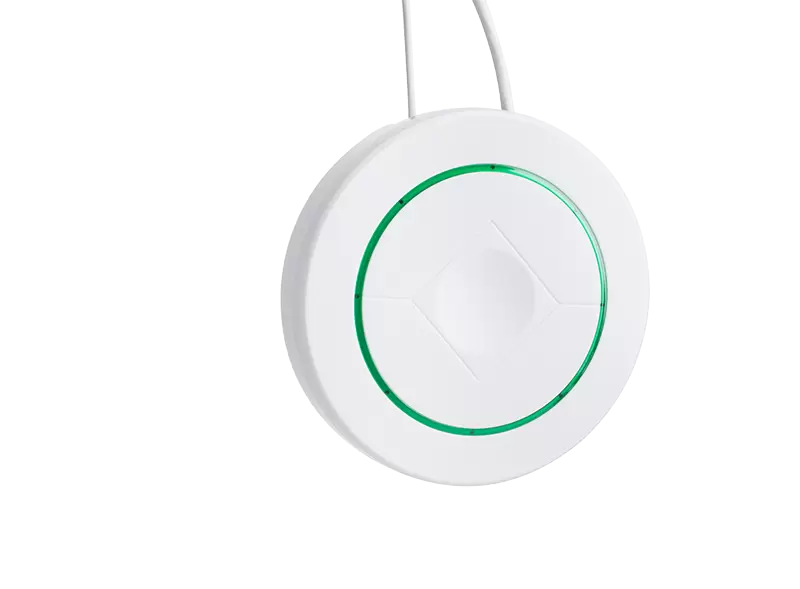
In today's digital age, the use of personal computers (PCs) has become ubiquitous. However, there is still some confusion about whether a PC is an electronic device or not. In this blog post, we will delve into this topic and provide a comprehensive analysis of the question.
Firstly, let's define what we mean by an electronic device. An electronic device is any device that uses electricity to function. This includes devices such as smartphones, tablets, televisions, and even kitchen appliances like microwaves and refrigerators. By this definition, it is clear that a PC is indeed an electronic device.
But what makes a PC an electronic device? PCs are made up of various electronic components such as a motherboard, central processing unit (CPU), memory, and storage devices. These components work together to process and store data, which is then displayed on a screen. Without electricity, a PC would not be able to function.
Furthermore, the development of PCs has been closely tied to the development of electronics. The first electronic computers were developed in the 1940s and 1950s, and since then, PCs have continued to evolve with advancements in electronics technology. Today's PCs are incredibly powerful and sophisticated devices that rely heavily on electronics.
In addition to being an electronic device, a PC is also a digital device. This means that it processes and stores data in a digital format, using binary code (0s and 1s) to represent information. Digital devices have revolutionized the way we work, communicate, and access information, and PCs are at the forefront of this digital revolution.
In conclusion, a PC is indeed an electronic device. It relies on electricity to function and is made up of various electronic components. Furthermore, the development of PCs has been closely tied to the development of electronics technology. As we continue to rely on digital devices for work, entertainment, and communication, the importance of PCs as electronic and digital devices will only continue to grow.







